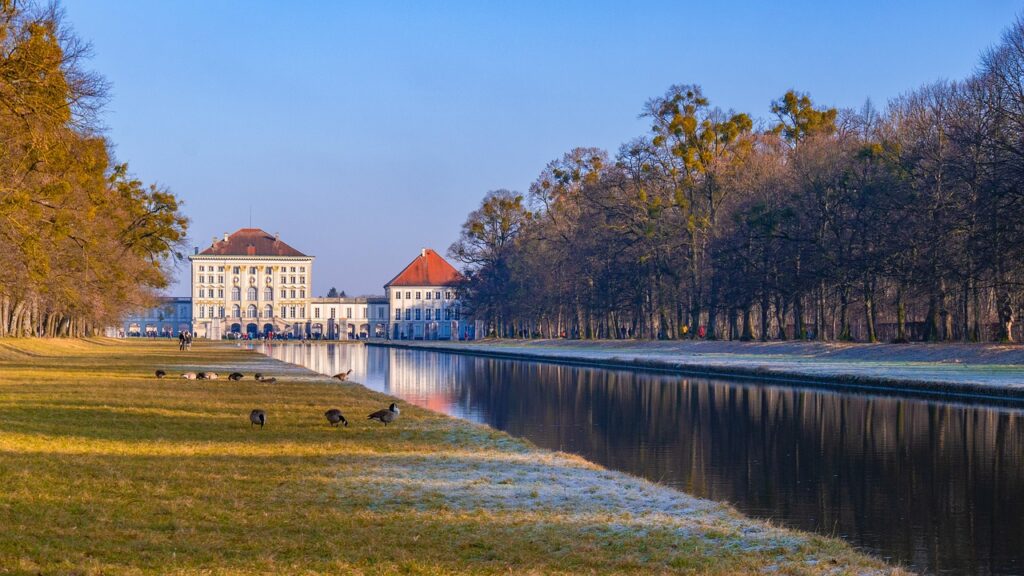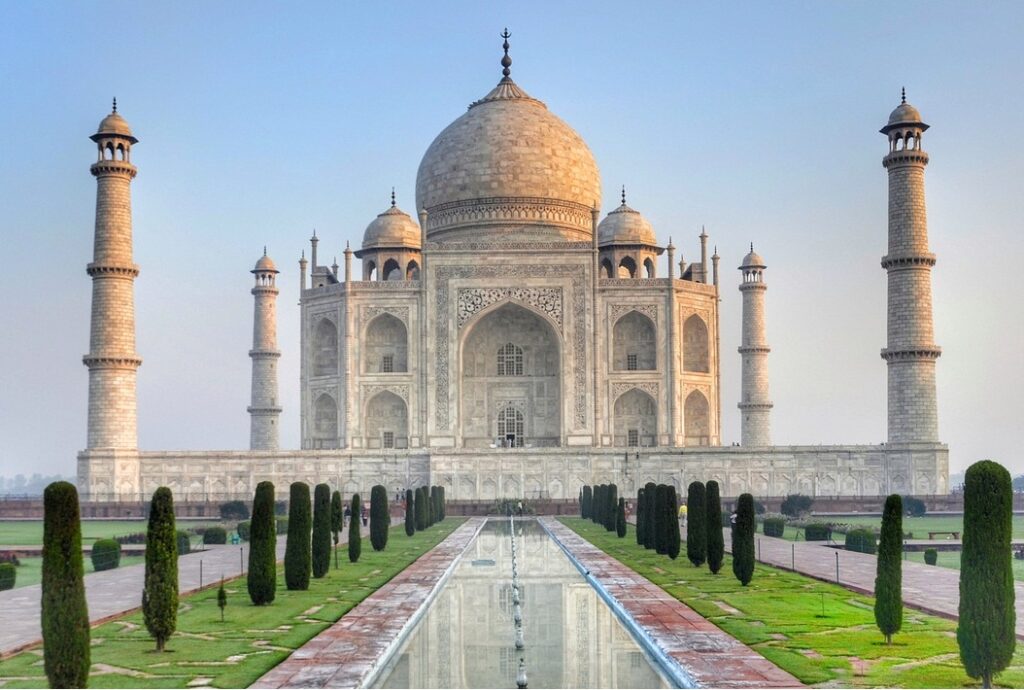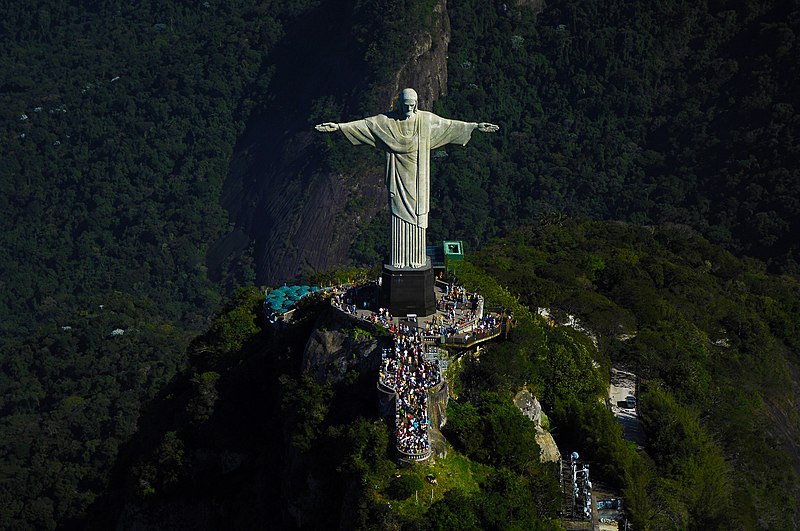Best Time to Visit Munich: A Bavarian Gem of Tradition and Modernity
Munich, the vibrant capital of Bavaria in Germany, is a city where traditional charm meets modern innovation. Known for its historic architecture, beer gardens, cultural festivals, and cutting-edge technology, Munich offers a unique blend of history, art, and lifestyle. Whether you’re strolling through its medieval streets or enjoying its world-class museums, Munich captivates visitors with its rich heritage and cosmopolitan vibe.
Why Visit Munich?
Munich is much more than just the host of Oktoberfest; it’s a city with something to offer every kind of traveler. From its stunning churches and royal palaces to contemporary art galleries and tech hubs, Munich is a mix of old-world elegance and modern flair. It’s also a gateway to Bavaria’s scenic Alps and fairy-tale castles. Munich’s festive atmosphere, green parks, and exceptional beer culture make it a must-visit destination.
“Mallorca: A Mediterranean Paradise of Sun, Sea, and Timeless Charm”
Top Attractions and Places to Visit in Munich
• Marienplatz
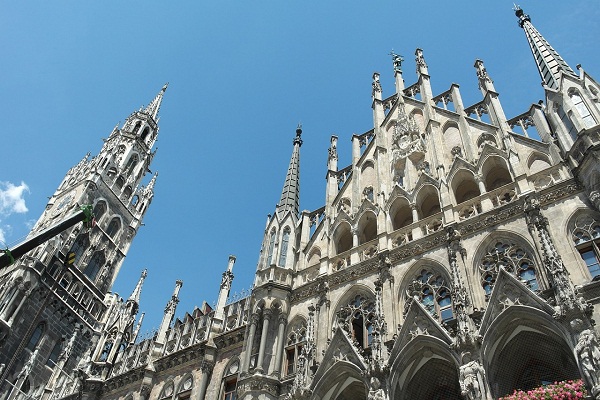
Marienplatz is the vibrant central square and the beating heart of Munich. It has been the city’s main square since 1158, and it is where many of Munich’s most important historical events have taken place. The square is surrounded by stunning architecture, including the New Town Hall (Neues Rathaus), with its Gothic Revival style. Don’t miss the Glockenspiel, a charming animated clock that chimes at 11 a.m., noon, and 5 p.m., depicting scenes from Bavarian history. Marienplatz is also a great starting point for exploring nearby landmarks and shopping streets.
• Nymphenburg Palace
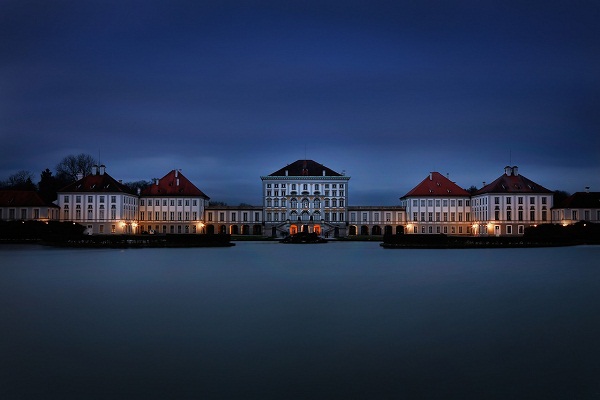
Once the summer residence of Bavarian monarchs, Nymphenburg Palace (Schloss Nymphenburg) is an architectural masterpiece of Baroque grandeur. The palace is home to a series of stunning rooms, including the Great Hall, which features opulent frescoes and Rococo decorations. Surrounding the palace are sprawling gardens, dotted with fountains, lakes, and pavilions. The Museum of Nymphenburg Porcelain and the Marstallmuseum, which displays royal carriages, are also on the grounds. A leisurely walk or boat ride on the palace canal offers a picturesque retreat from the city’s bustle.
Best Time to Visit Seville Spain 2024
• Englischer Garten
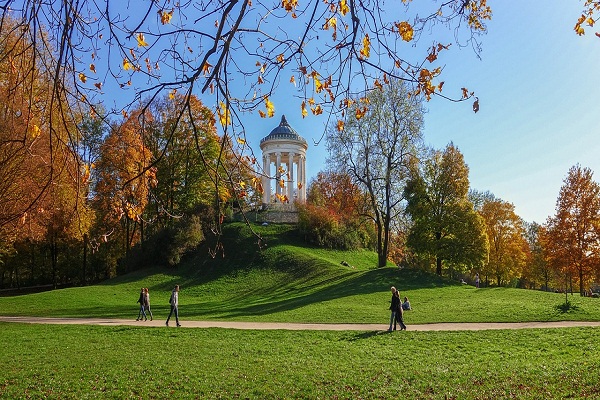
One of the largest urban parks in the world, Englischer Garten is larger than New York’s Central Park. This 900-acre oasis in the city is perfect for outdoor activities such as walking, biking, or lounging by the riverside. The Chinesischer Turm (Chinese Tower) beer garden offers a traditional Bavarian experience, while the Kleinhesseloher See, a peaceful lake, invites visitors to rent paddleboats. For an unexpected surprise, head to the Eisbach River to watch surfers ride the artificial wave, a unique sight in a landlocked city.
Best Time to Visit Madrid 2024
• Deutsches Museum
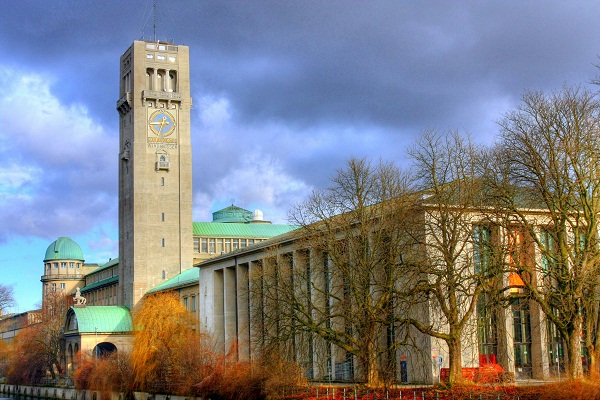
The Deutsches Museum is the world’s largest museum of science and technology, with over 28,000 exhibited objects from 50 fields of science and technology. It covers a wide range of topics, from aviation and space exploration to energy, communication, and musical instruments. The museum is highly interactive, making it a fascinating visit for both adults and children. It’s easy to spend an entire day exploring the various exhibitions and learning about humanity’s most remarkable technological achievements.
• BMW Museum
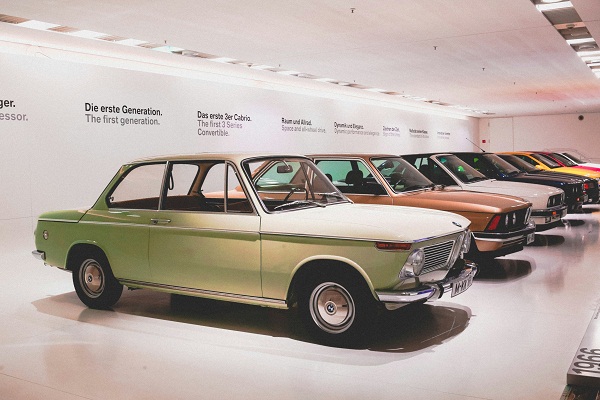
For car enthusiasts, the BMW Museum is a must-visit attraction. Located next to BMW’s headquarters and production plant, the museum showcases the brand’s evolution from its early 1920s models to the latest in automotive innovation. The sleek, modern design of the building reflects the high-tech nature of the exhibits, which include vintage cars, concept models, and motorcycles. Visitors can also learn about the future of mobility, including BMW’s work on electric and autonomous vehicles.
• Frauenkirche
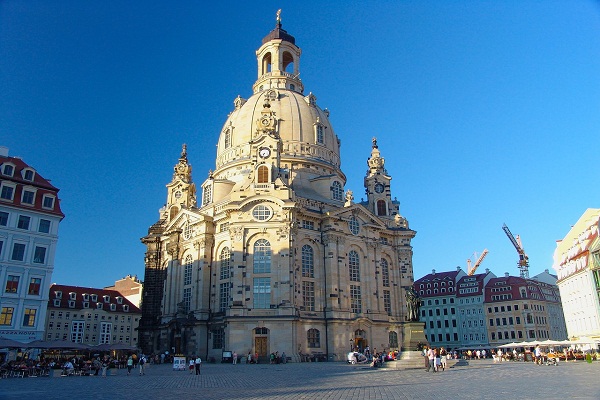
The Frauenkirche (Cathedral of Our Dear Lady) is one of Munich’s most recognizable landmarks. Its twin domes rise 99 meters above the city, making it an iconic part of Munich’s skyline. Built in the late Gothic style in the 15th century, the cathedral has a spacious and simplistic interior. One of the church’s most curious features is the “Devil’s Footprint”, a black mark near the entrance that local legend attributes to the devil himself. Climbing to the top of the south tower offers breathtaking views of Munich and, on clear days, the Alps in the distance.
Best Time to Visit Hawaii 2024
Hidden Gems of Munich
• Asam Church
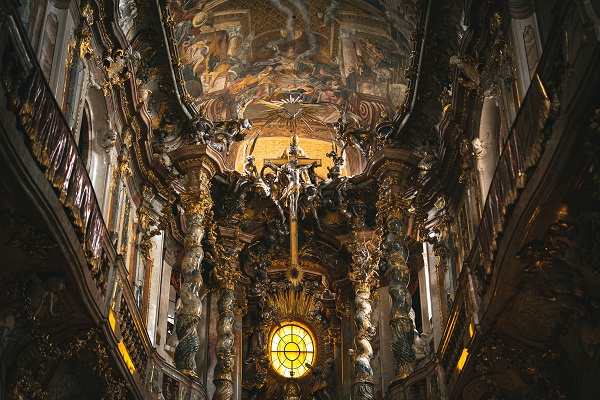
Tucked away on Sendlinger Straße, Asam Church (Asamkirche) is a hidden Baroque masterpiece. Despite its modest size, the interior is packed with intricate details, from gilded stucco to dramatic ceiling frescoes. The church was constructed in the 18th century by two brothers, Cosmas Damian Asam and Egid Quirin Asam, intended to serve as their personal chapel. Though small, the Asam Church offers a glimpse into the extravagance of the Baroque period and is often overlooked by many visitors.
• Viktualienmarkt
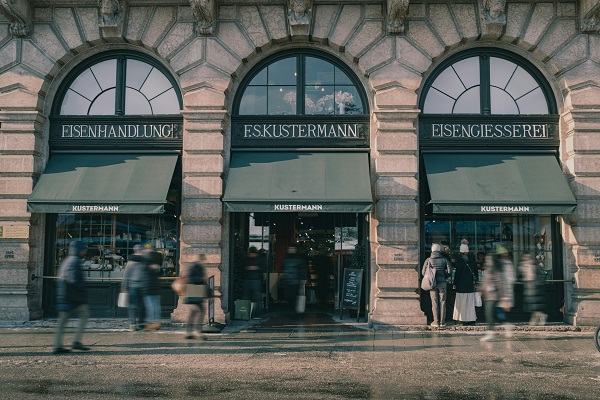
A short walk from Marienplatz, the Viktualienmarkt is a bustling food market and a sensory delight for food lovers. It offers everything from fresh produce to exotic spices, local cheeses, meats, and freshly baked bread. It’s also a great place to sample Bavarian specialties like Weisswurst (white sausage) or enjoy a cold beer in the market’s beer garden. The lively atmosphere and wide range of goods make Viktualienmarkt a great place to immerse yourself in Munich’s local culture.
• Flaucher Beach
Located along the Isar River, Flaucher Beach is a hidden retreat where locals go to escape the summer heat. The beach has a laid-back, tranquil atmosphere, with its crystal-clear water, gravel shores, and lush greenery. Flaucher is ideal for picnics, barbecues, and swimming, and it’s a great spot for a lazy afternoon outdoors. The nearby Flauchersteg pedestrian bridge offers scenic views of the Isar River, and the surrounding nature is perfect for an easy hike or bike ride.
• Alter Peter (Old Peter’s Church)
St. Peter’s Church is Munich’s oldest parish church, and though it often blends into the city’s skyline, it holds a hidden gem: the stunning panoramic view from its tower. Climbing the 306 steps to the top is a bit of a workout, but the reward is a breathtaking 360-degree view of Munich, including Marienplatz, the Frauenkirche, and the distant Alps on clear days. The interior of the church is equally impressive, featuring Gothic, Baroque, and Rococo elements.
• Werksviertel-Mitte
Formerly an industrial district, Werksviertel-Mitte has been transformed into a vibrant cultural and entertainment hub. The area is home to art installations, street murals, music venues, and trendy restaurants. It’s a great place to experience Munich’s creative and alternative scene. One of the highlights of the district is the Umadum Ferris Wheel, the largest transportable Ferris wheel in the world, offering spectacular views of Munich.
Nearby Attractions of Munich and Day Trips
• Neuschwanstein Castle (2 hours away)
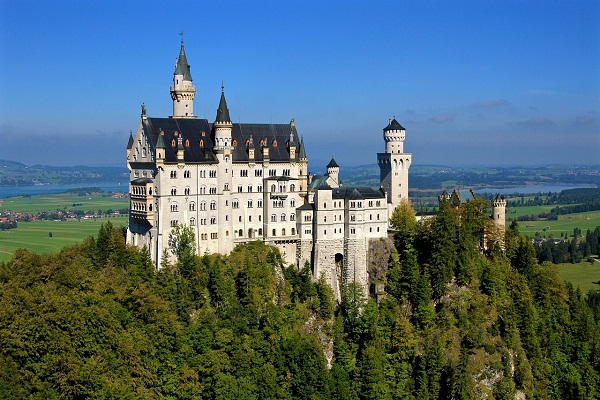
Neuschwanstein Castle, perched on a rugged hill overlooking the village of Hohenschwangau, is the quintessential fairy-tale castle and served as the inspiration for Disney’s Sleeping Beauty Castle. Built by King Ludwig II of Bavaria in the 19th century, the castle’s stunning exterior, scenic surroundings, and opulent interiors make it one of Germany’s most visited attractions. Don’t miss the breathtaking view of the castle from Marienbrücke, a bridge that spans a deep gorge near the castle.
• Dachau Concentration Camp Memorial (30 minutes away)
A visit to the Dachau Concentration Camp Memorial Site is a deeply moving experience. As the first Nazi concentration camp, it serves as a powerful reminder of the atrocities of World War II. Visitors can tour the preserved campgrounds, view exhibitions, and pay tribute to the victims. Guided tours provide historical context and offer a profound reflection on the lessons of history.
• Salzburg, Austria (1.5 hours away)
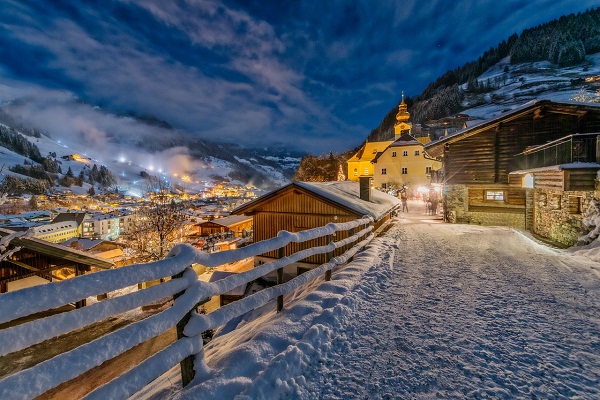
Just across the German-Austrian border lies Salzburg, a picturesque city renowned for its baroque architecture and as the birthplace of Wolfgang Amadeus Mozart. Visitors can explore Mirabell Palace and Gardens, tour Hohensalzburg Fortress, and walk through the charming Old Town. Salzburg is also the setting for The Sound of Music, and fans can take themed tours to visit filming locations from the iconic movie.
Best Time to Visit Delhi 2024
• Tegernsee (1 hour away)
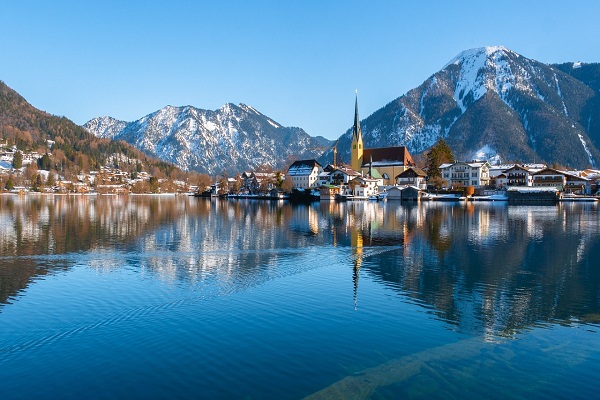
Tegernsee is a stunning lake surrounded by the Bavarian Alps, offering a peaceful retreat from the city. Visitors can enjoy swimming, sailing, and hiking in the surrounding mountains. The town of Tegernsee itself is home to a historic abbey and several traditional Bavarian restaurants where you can enjoy fresh fish from the lake.
• Garmisch-Partenkirchen (1.5 hours away)

Nestled at the foot of the Bavarian Alps, Garmisch-Partenkirchen is a picturesque town known for its outdoor activities, including skiing in the winter and hiking in the summer. It’s also the gateway to Zugspitze, Germany’s highest peak. Visitors can take a cable car to the summit for breathtaking views of the Alps and even visit the glacier at the top.
Itinerary Suggestions for Munich
Planning a visit to Munich is exciting, given the variety of activities and attractions the city has to offer. Here is a 4-day itinerary suggestion to help you make the most of your time:
Day 1: Heart of Munich
Start your journey at the heart of the city:
- Marienplatz: Begin by exploring Marienplatz, the historic square. Marvel at the impressive New Town Hall (Neues Rathaus), and make sure to catch the Glockenspiel performance.
- Frauenkirche: Head over to the Frauenkirche, Munich’s iconic cathedral with its twin towers. The cathedral’s interiors are stunning, and climbing the tower will give you excellent views of the city.
- Viktualienmarkt: Afterward, take a short walk to the nearby Viktualienmarkt, a lively market where you can sample Bavarian delicacies like Weisswurst and pretzels. Explore the many stalls offering everything from fresh produce to gourmet cheeses.
- St. Peter’s Church (Alter Peter): Climb the tower of Alter Peter for a panoramic view of the city.
- Evening: End your first day at one of Munich’s traditional beer gardens such as Hofbräuhaus or Augustiner-Keller, where you can enjoy a hearty Bavarian meal and a refreshing stein of beer.
Day 2: Palaces and Parks
- Nymphenburg Palace: Spend the morning at the stunning Nymphenburg Palace. Explore the opulent palace interiors, including the beautiful Hall of Mirrors, and stroll through the expansive palace gardens.
- Englischer Garten: In the afternoon, head to the Englischer Garten, one of the largest urban parks in the world. Walk along its peaceful paths, visit the Chinese Tower beer garden, or watch surfers tackle the Eisbach River wave.
- Dinner: For dinner, try a local Bavarian restaurant, such as Schneider Bräuhaus or Zum Dürnbräu, where you can indulge in local cuisine like Schweinshaxe (pork knuckle) and Käsespätzle (cheese noodles).
Day 3: Museums and Culture
- BMW Museum: In the morning, take a journey through time at the BMW Museum, where you’ll discover the brand’s rich automotive history and get a glimpse into the future of mobility. You can also visit the adjacent BMW Welt, an experience center where you can see the latest BMW models.
- Deutsches Museum: Afterward, visit the Deutsches Museum, the world’s largest museum dedicated to science and technology. Spend a few hours exploring the fascinating exhibits on aviation, space travel, and energy.
- Afternoon stroll: Take a leisurely stroll along the Isar River, or visit Asamkirche, a hidden Baroque gem known for its extravagant interior.
- Evening: End the day at a beer garden in the Englischer Garten or by exploring the trendy Glockenbachviertel district, known for its vibrant nightlife, cafes, and art scene.
Day 4: Day Trip
Take advantage of Munich’s proximity to several incredible day-trip destinations.
- Option 1: Neuschwanstein Castle: Head out to Neuschwanstein Castle, one of the most picturesque castles in the world. Tour the fairy-tale castle and take in the breathtaking views from Marienbrücke.
- Option 2: Dachau Concentration Camp Memorial: For a more somber yet important experience, visit the Dachau Concentration Camp Memorial. A guided tour offers deep insight into one of history’s most tragic periods.
- Evening return: After your day trip, return to Munich for a relaxed dinner and perhaps a final stroll through Marienplatz to see it illuminated at night.
Best Time to Visit Munich
The ideal time to visit Munich depends on your interests, but overall, the best months are from May to October, when the weather is pleasant, and the city comes alive with outdoor activities, festivals, and events.
- Late Spring to Early Summer (May to June): This period is perfect for exploring Munich’s parks and gardens, such as the Englischer Garten and Nymphenburg Palace Gardens. The weather is mild, with temperatures ranging from 60°F to 75°F (15°C to 24°C), making it ideal for walking tours and outdoor dining.
- High Summer (July to August): While July and August are peak tourist months, Munich’s beer gardens are in full swing, and festivals abound. The weather can get quite warm, with temperatures reaching up to 85°F (29°C), but the city offers plenty of green spaces to cool down. You’ll also have the opportunity to take a dip in the Isar River or enjoy a refreshing drink at one of the city’s famous beer gardens.
- Oktoberfest (Late September to Early October): Munich is world-famous for Oktoberfest, the largest beer festival in the world, which takes place from late September to early October. If you visit during this time, expect crowds, but also a unique cultural experience filled with traditional Bavarian music, food, and of course, beer. The weather begins to cool down, with daytime temperatures ranging from 50°F to 65°F (10°C to 18°C), so bring a jacket for the evenings.
- Autumn (October): After Oktoberfest, the crowds thin out, and Munich’s parks and streets are adorned with autumn colors. It’s a peaceful time to visit the city’s landmarks and enjoy the crisp fall air. The weather is cooler, making it ideal for museum visits and cozying up in a cafe with a warm drink.
- Winter (November to February): Winter in Munich offers a different kind of magic. The Christmas markets (Weihnachtsmärkte) are a must-see, with twinkling lights, stalls selling handmade crafts, and the aroma of Glühwein (mulled wine) and roasted chestnuts filling the air. The city becomes a winter wonderland, and nearby day trips to Neuschwanstein Castle or the Alps are particularly enchanting under a blanket of snow. Although the temperatures can dip below freezing, the festive atmosphere and opportunities for winter sports make it a delightful time to visit.
Accommodation Options in Munich
- Luxury: Hotel Bayerischer Hof, a five-star hotel with a historic touch.
- Mid-Range: Ruby Lilly Hotel, offering modern design and comfort.
- Budget: Euro Youth Hotel, perfect for backpackers looking for a lively atmosphere.
- Unique: Beyond by Geisel, a boutique hotel offering personal concierge service.
Food and Drink in Munich
Munich’s culinary scene is deeply rooted in Bavarian tradition, with hearty dishes like Weisswurst (white sausage), pretzels, and schnitzel. For something sweet, try Apfelstrudel (apple pastry) or Dampfnudel (sweet dumplings). Beer is the star of the drink scene, with iconic breweries like Hofbräuhaus. Don’t miss the local beer gardens, where you can sip on a stein of Helles beer while enjoying the outdoors.
How to Get to Munich
- By Air: Munich International Airport (MUC) is well-connected to major cities worldwide.
- By Train: Munich is a major hub in the German rail network, with direct trains from cities like Berlin, Vienna, and Zurich.
- By Bus: FlixBus and other services offer budget-friendly options from European destinations.
Getting Around Munich
Munich boasts an excellent public transportation system with U-Bahn (subway), S-Bahn (commuter trains), buses, and trams. Biking is also popular, with rental options and designated bike lanes throughout the city. For those who prefer to walk, many of the city’s top attractions are within walking distance of each other.
Travel Tips and Safety
- Language: German is the official language, but English is widely spoken in tourist areas.
- Safety: Munich is generally a very safe city, but be mindful of pickpockets in crowded areas.
- Local Etiquette: Greet with a polite “Grüß Gott” in Bavarian regions, and don’t forget to tip around 5-10% in restaurants.
Cultural Insights
Munich’s culture is heavily influenced by its Bavarian roots. Festivals like Oktoberfest highlight local traditions, while the city’s royal past is visible in its palaces and grand avenues. Art, music, and sports play significant roles, with the Bavarian State Opera and FC Bayern Munich as major cultural icons.
Budget and Expenses for Munich
- Accommodation: $100–$300 per night depending on the hotel category.
- Meals: Budget $15–$25 per person at mid-range restaurants, and less for street food or snacks.
- Transport: A day pass for public transportation costs around $8.
- Entry Fees: Museums and attractions typically range from $5–$15.
Personal Experience and Stories
One of the highlights of visiting Munich is enjoying a cold beer under the chestnut trees in the Englischer Garten on a warm summer day. The lively atmosphere, paired with the scenic view of locals paddleboarding down the river, creates an unforgettable experience.
Photography and Visuals
Munich is a photographer’s dream. Capture the Gothic architecture of the New Town Hall, the tranquility of the Englischer Garten, and the vibrant scenes at Oktoberfest. For panoramic shots, climb the tower at St. Peter’s Church for a bird’s-eye view of the city and the distant Alps.
FAQs or Common Questions
- Is Munich expensive? While Munich can be pricier than other German cities, it offers a wide range of budget-friendly options.
- How long should I stay? 3 to 4 days is ideal to explore the main attractions and take a day trip.
- What should I pack? Bring comfortable walking shoes, layers for varying weather, and don’t forget an appetite for beer and pretzels!

